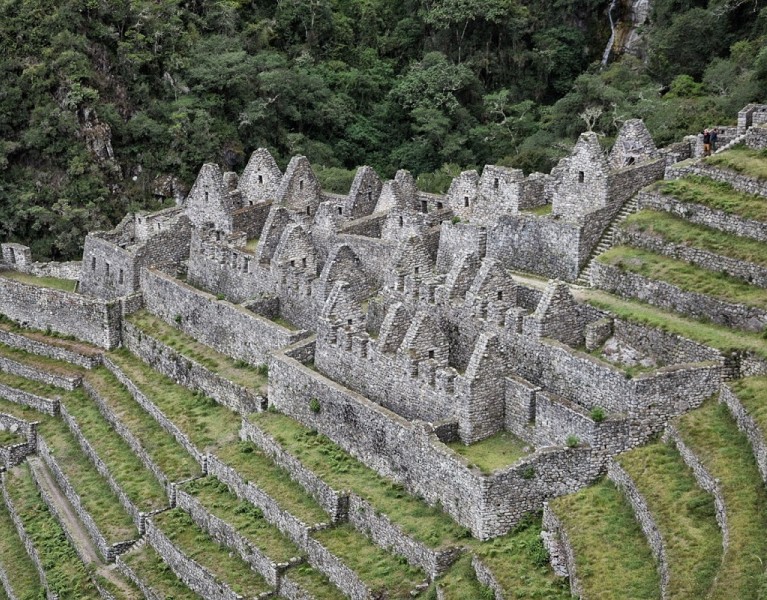
My Adventures From the Inca Trail to Machu Picchu
Table of Contents [Show]
Walking the Camino Inca (Inca Trail) is one of the best ways to appreciate and understand the ancient Incan culture and history of Peru. During the hike, you walk along sacred Inca ground; visit sites that are otherwise not accessible to travelers, and get to admire the sunrise on Machu Picchu from the Inti Punku (Sun Gate).
While there are various routes the Incas used to follow to Machu Picchu like the challenging Salkantay or the Lares Trek, I recommend the “official Inca Trail” for one specific reason. Nothing can compare to seeing the sun rise above Machu Picchu, and you only get to do that along the official trail.
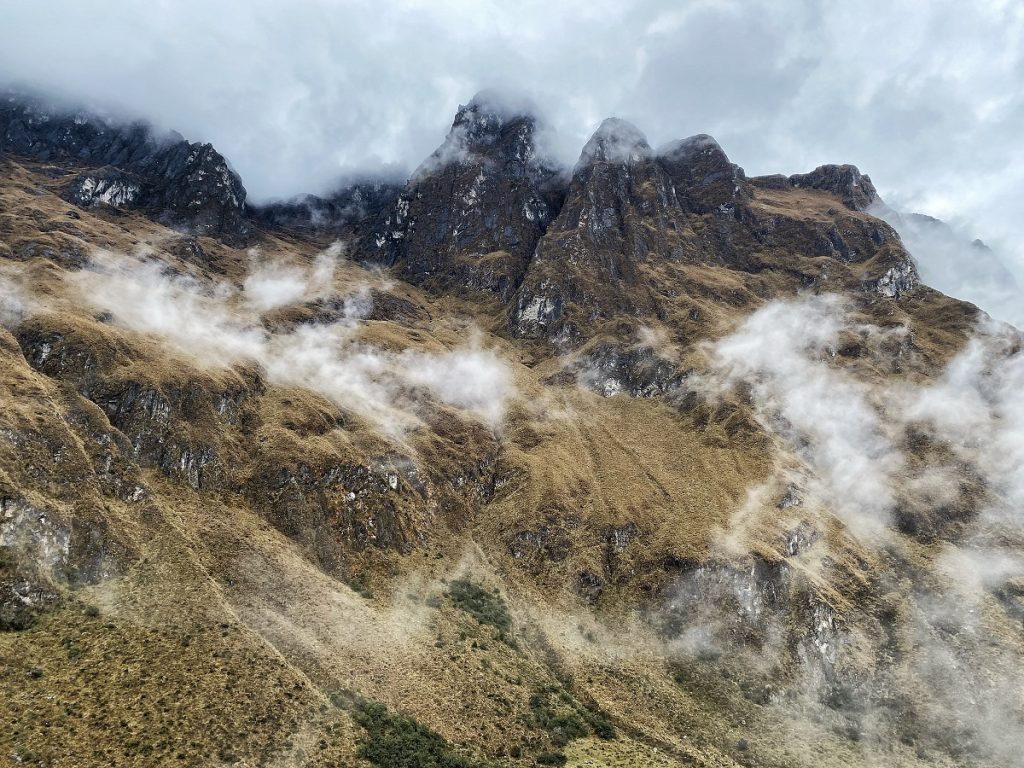
The Inca Trail is not for the faint of heart, and it may be the most challenging hike you ever do. Here are a few tips to prepare and make the most of your journey.
1. Do Your Research
Multiple companies can organize your Inca Trail adventure. Llama Path and SAS are among the most recommended local outfitters. Alternatively, I wholeheartedly recommend G Adventures. They go above and beyond to make sure everyone has a great experience, and their guides are excellent.
Prices vary, depending on the company you pick and what equipment you want to include. Expect to pay around $500 USD for a vary basic tour with minimal services, and up to $900 USD for the best companies that include extra gear like good sleeping bags, walking poles, and porters.
2. Plan Ahead
You can’t show up at an agency in Cusco and ask to walk the official Inca Trail. The best you can get last minute is one of the alternative routes. The official Camino Inca permits are issued by the government of Peru each January, and they sell out very fast.
Only 500 people per day are admitted on the Inca Trail; that includes tourists and the team of guides and porters that set up the camp every night. We had a team of 17 for a group of 7 the last time I did the trail. It's essential to have your Peru itinerary and make your reservations well in advance. I walked the Inca Trail twice: once in April and once in October; both times I made my reservations at the beginning of January.
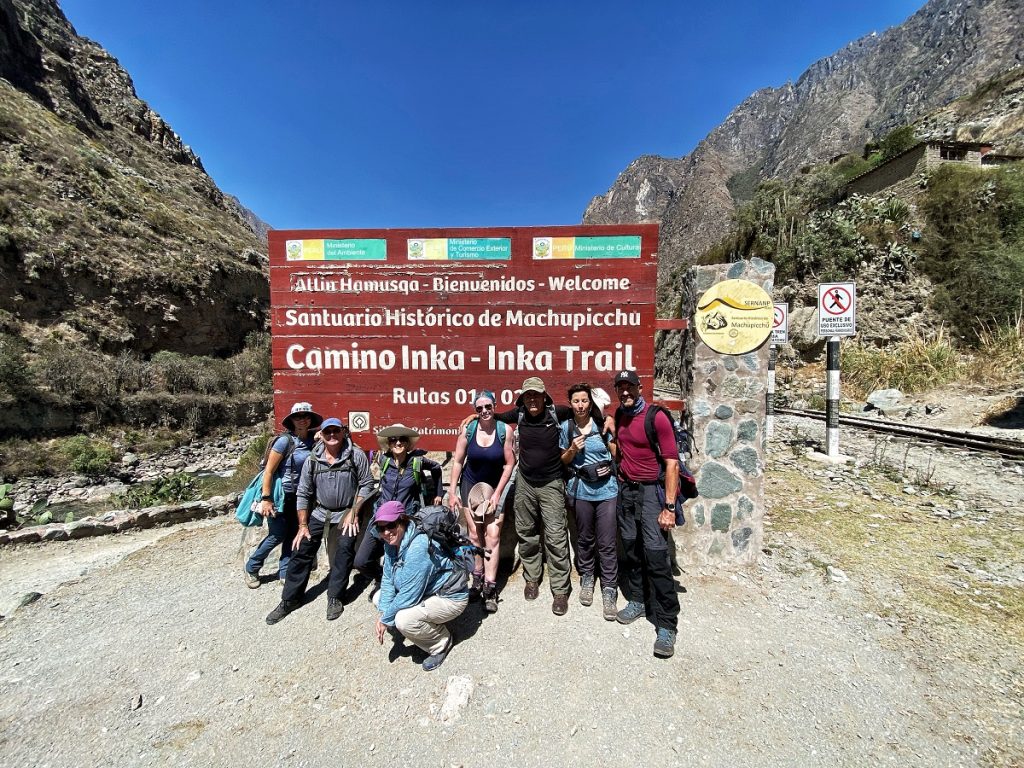
Another thing to keep in mind is that permits are non-refundable. Once you pick a date, you have to stick with it and arrange the rest of your travel itinerary accordingly.
3. Decide When You Want to Walk the Trail
Having walked the Inca Trail twice, once in the dry season and once at the very beginning of the wet season, I can almost guarantee that, no matter the season, you're bound to get at least some rain and cold weather during your hike. With this in mind, deciding when to do it should not be solely based on weather.
April and May are the lushest months in terms of nature; flowers, especially orchids, are everywhere. October and November are significantly less crowded, but the chance for rain is higher. December to March are the wettest months, and the trail is slippery and very muddy in parts.
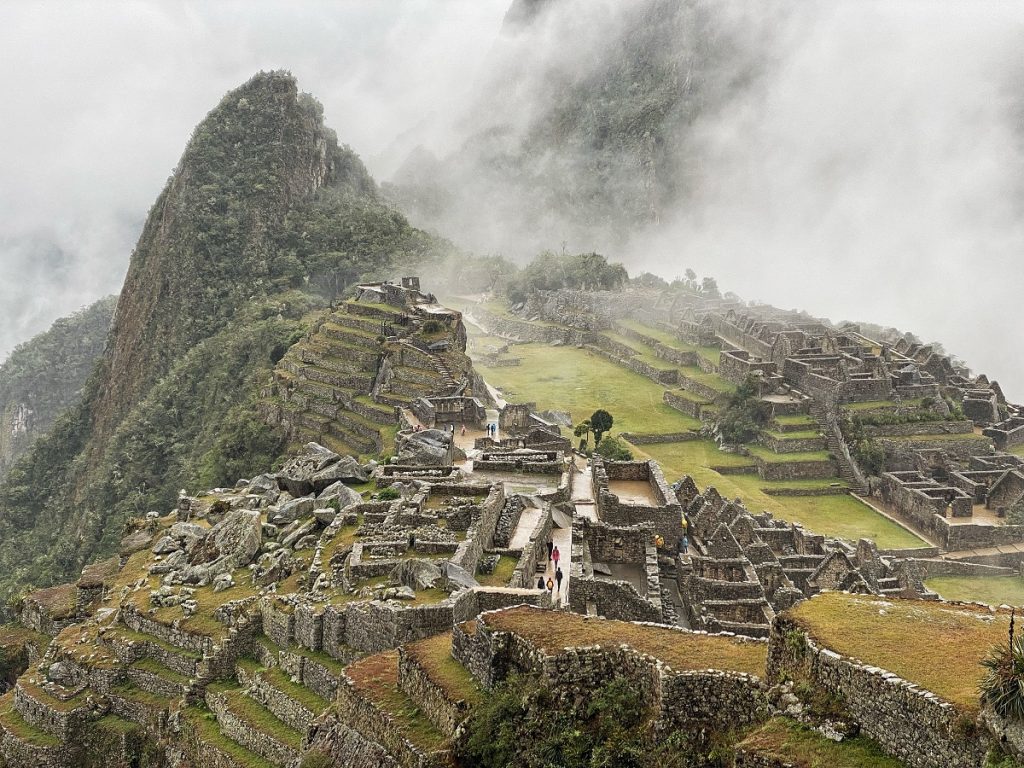
4. Train for the Hike
Don’t underestimate the difficulty of this hike. It is hard, even for those who train on a regular basis. While day one is relatively easy, day two is challenging as you will reach extreme altitude (more than 4200 meters above sea level) and climb steeply for most of the day.
Day three is the longest day at 16 km. Guides lead you along "Inca planes," which, you quickly discover, consist of continuous up and downhill.
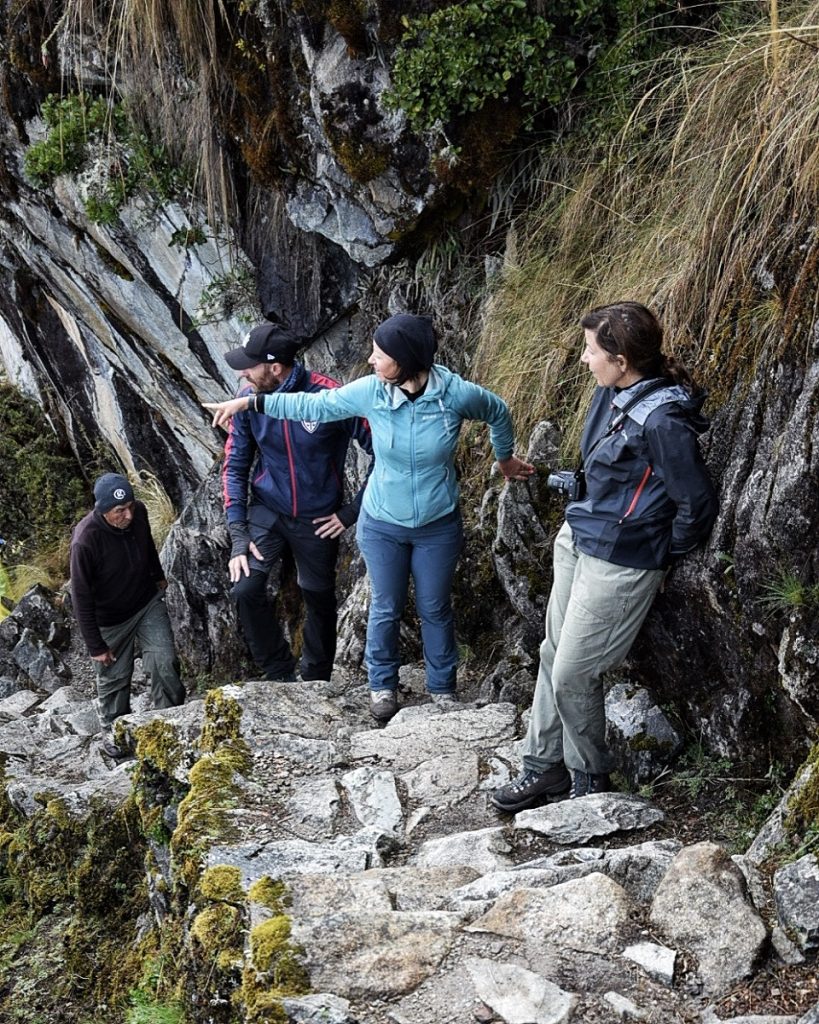
By day four, you're exhausted, and you have to wake up at 3:00 am. Your porters walk back to Aguas Calientes to catch the first train to Cusco. You wait in line for the trail to open and then walk to the Sun Gate and then down to Machu Picchu.
Make sure to train for at least 6 months before embarking on your adventure. Running and swimming are excellent activities to prepare for the trail. Try to eat healthy too!
5. Beware of Altitude Sickness
Altitude sickness can be very serious with symptoms including headache, dizziness, and nausea, so give yourself time to adjust before you start hiking.
To acclimate, plan to arrive in Cusco at least 3 days before you set out to walk. The city is located at about 3300 meters above sea level, and the trail starts at around 2800 meters. Besides, Cusco is a lovely city to explore with interesting sites, great restaurants and an amazing vibe.
To help minimize the symptoms of altitude sickness, stay hydrated and avoid alcohol consumption; eat food that is high in carbohydrates; and chew coca leaves or drink coca tea to give yourself a bit of a boost. Alternatively, go to a local pharmacy and buy Diamox / Acetazolamide tablets. Adults are normally advised to take 250 mg per day, but make sure to consult your doctor. Finally, remember that your guide will carry an oxygen tank to use in an emergency.
6. Dress for Success
Don't show up for the Camino Inca in the wrong gear! Pack sturdy, waterproof hiking boots. Paths are slippery after rain, and hiking boots give you extra ankle support.
You also need quick-dry hiking pants such as the KÜHL Trekr Pant or Freeflex Dash (wear a pair and carry a spare one). Pack a good rain jacket and a rain poncho in case of heavy rain to cover your backpack and keep you dry. Buy one in Cusco for less than $2 USD.
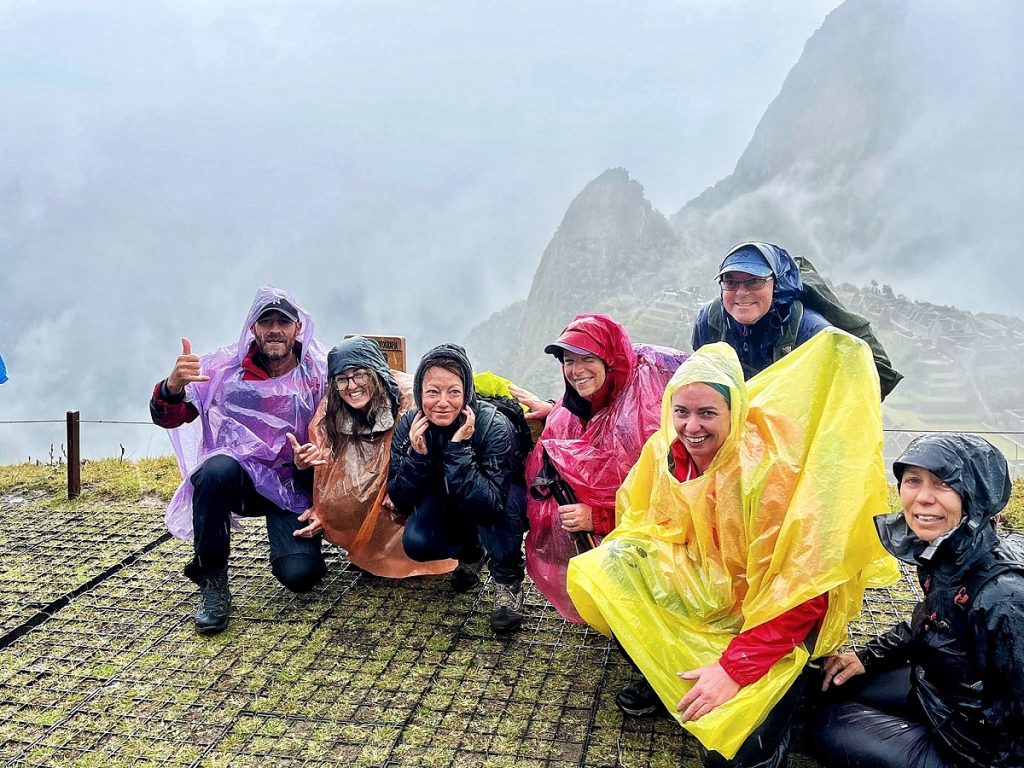
During the day, plan to wear a comfortable shirt like the Cashmerino Tee. Pack a set of thermals - like the Akkomplice Crew and Bottom - to wear at night.
Finally, make sure to take a good sweater or fleece for an extra warm layer. I recommend the Ascendyr 1/4 Zip or Flight Jacket. Pack a pair of gloves and a beanie. The Skull Cap kept me nice and warm while camping.
7. Pack Smartly
You'll carry essentials in a daypack, while porters carry whatever gear you don’t need during the day. There are very strict weight allowances, and your duffel bag is weighed before you set off for the walk. You are limited to 6 kg (13 lbs) in total, including your sleeping bag and air mattress. Be sure to pack:
- Lightweight sleeping bag (can also be rented)
- Personal medications/prescriptions
- Change of clothes
- Basic toiletries, including hand sanitizer and wet wipes
- Head lamp
- Fully charged power bank
- Snacks like dark chocolate, nuts or energy bars
- Camera
After day 1, the closest emergency center is in Aguas Calientes. Emergency helicopters cannot access the trail, so if you get sick, porters have to carry you on a stretcher to the nearest village. Meals are provided on the trail. Stock up in Ollantaytambo before embarking on the trail.
8. Bring Cash
Have cash handy to buy drinks on day one and two of the trail. The last point to get a drink is Warmiwanuska Pass, the highest point along the hike. You'll also need cash to access the occasional toilet on day one. Tip the porters and the guide at the end of the trail. This is a custom: remember those porters are working hard to make your experience memorable!
9. Savor the Experience
Many people will tell you that the highlight of the Camino Inca is seeing the sunrise over Machu Picchu. I walked the Camino Inca twice. The first time I was lucky enough see the sunrise. The second time, I was not so lucky. We woke up at 3:00 AM to pouring rain that only abandoned us once we got on the train in Aguas Calientes. By the time we made it to the sun gate, we were drenched from head to toe and the view over Machu Picchu was completely obstructed by endless clouds.
Yet, I guarantee you that despite the lack of sun on the final day, we truly enjoyed the experience and went home with incredible memories and photos!
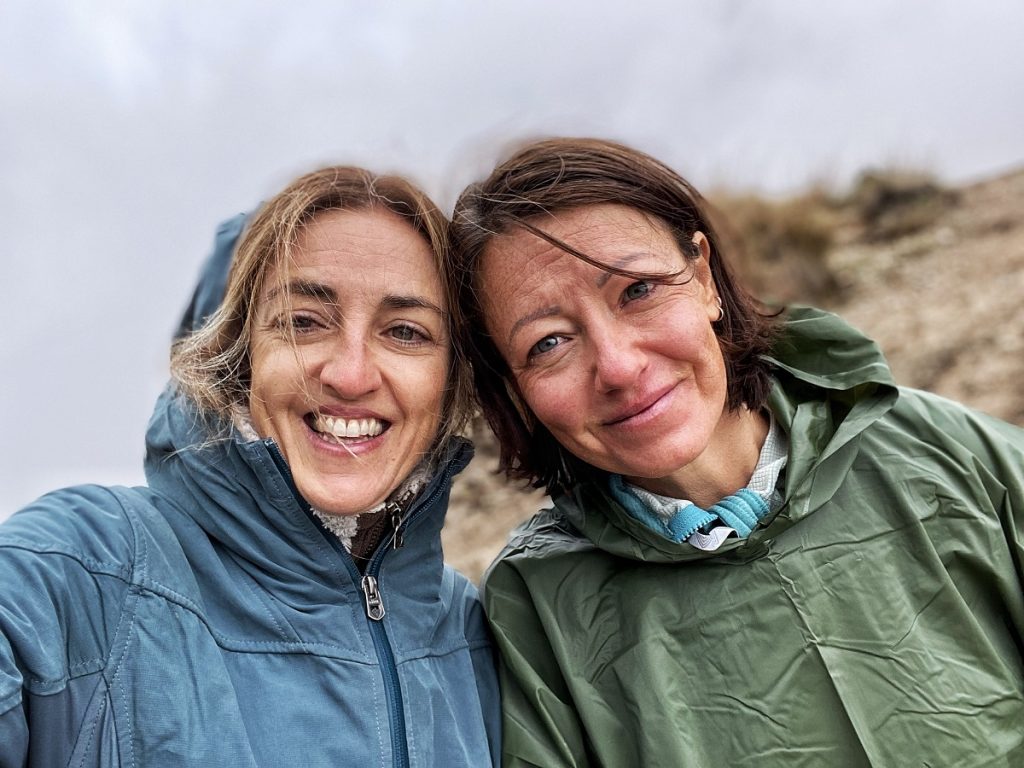
The Inca Trail is so much more than Machu Picchu and the sights you see along the trail. It’s about facing the challenge together, as a group. It’s about overcoming difficulties. It’s about making lifelong friends. It’s about laughing at how tired, stinky, messy you look at the end of the day, and at how bad the toilets along the trail are. Savor the experience every step of the way!
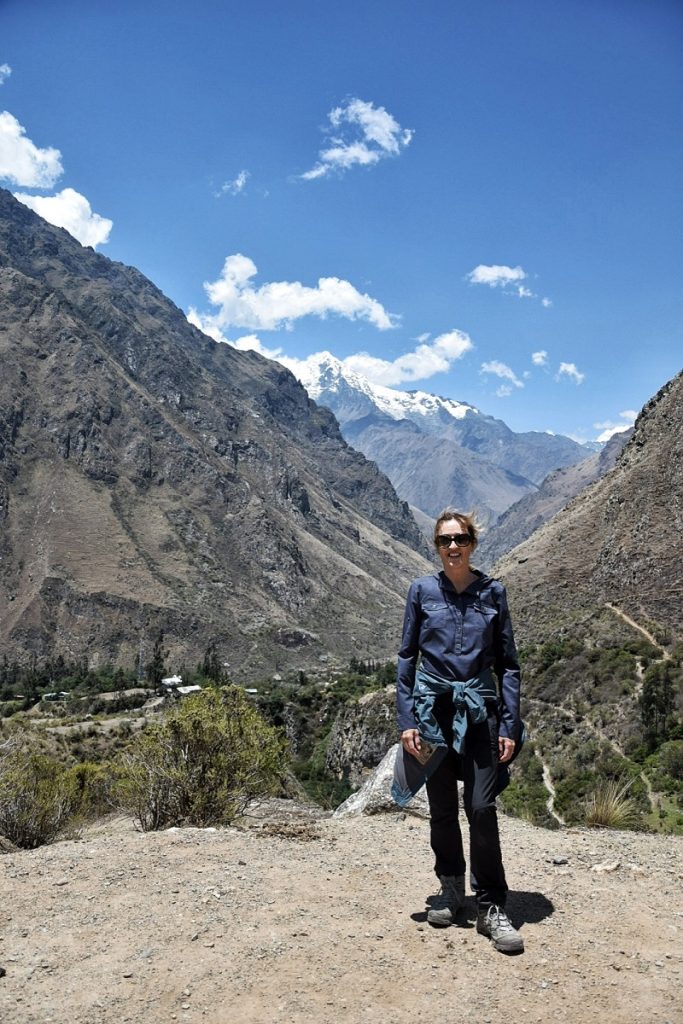
Claudia Tavani is a former human rights lawyer who abandoned her academic career to pursue a life of travel. She runs the web sites My Adventures Across The World, where she shares tips to travel more and better; and Strictly Sardinia, where she shares information about this marvelous island.


